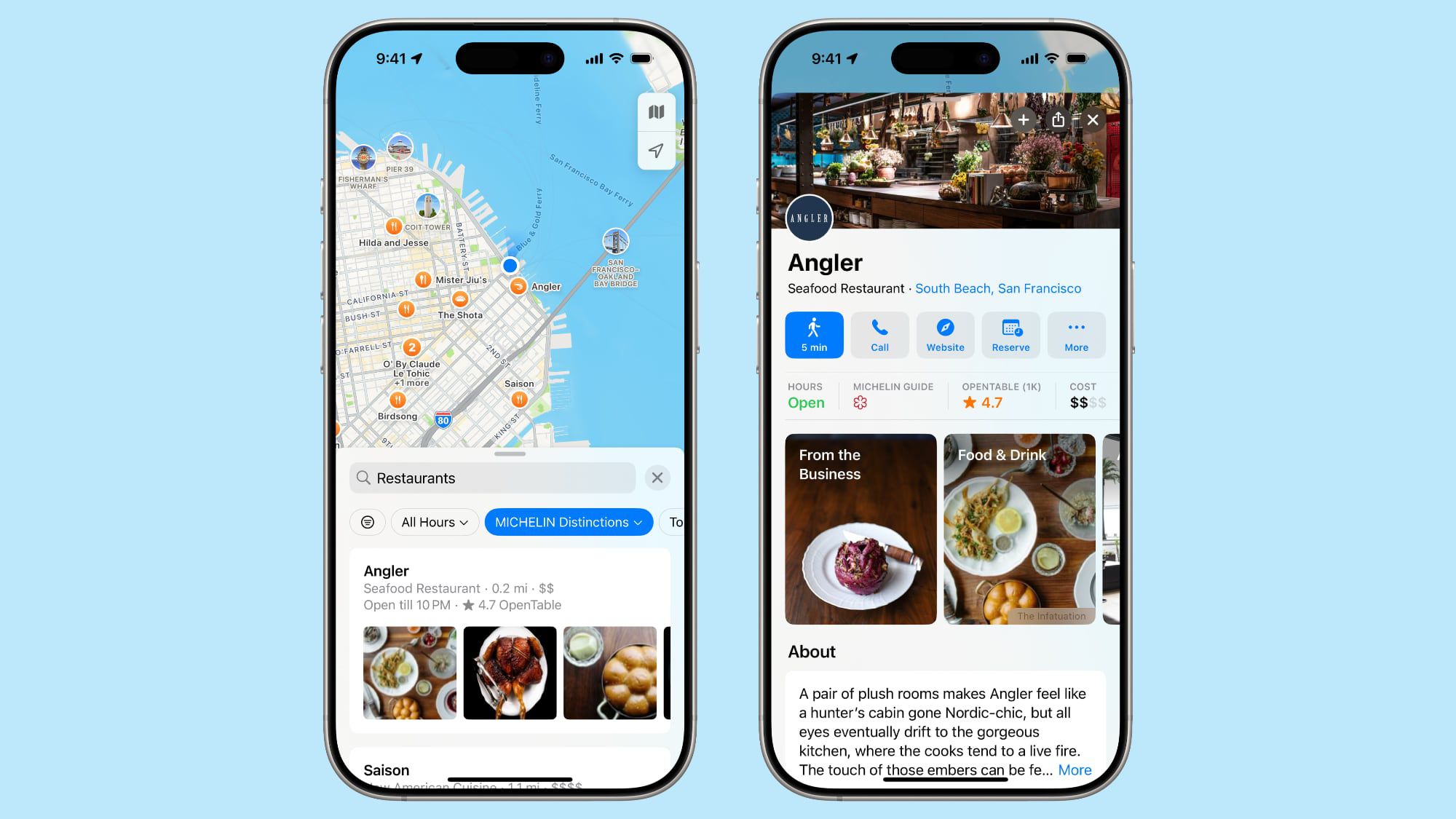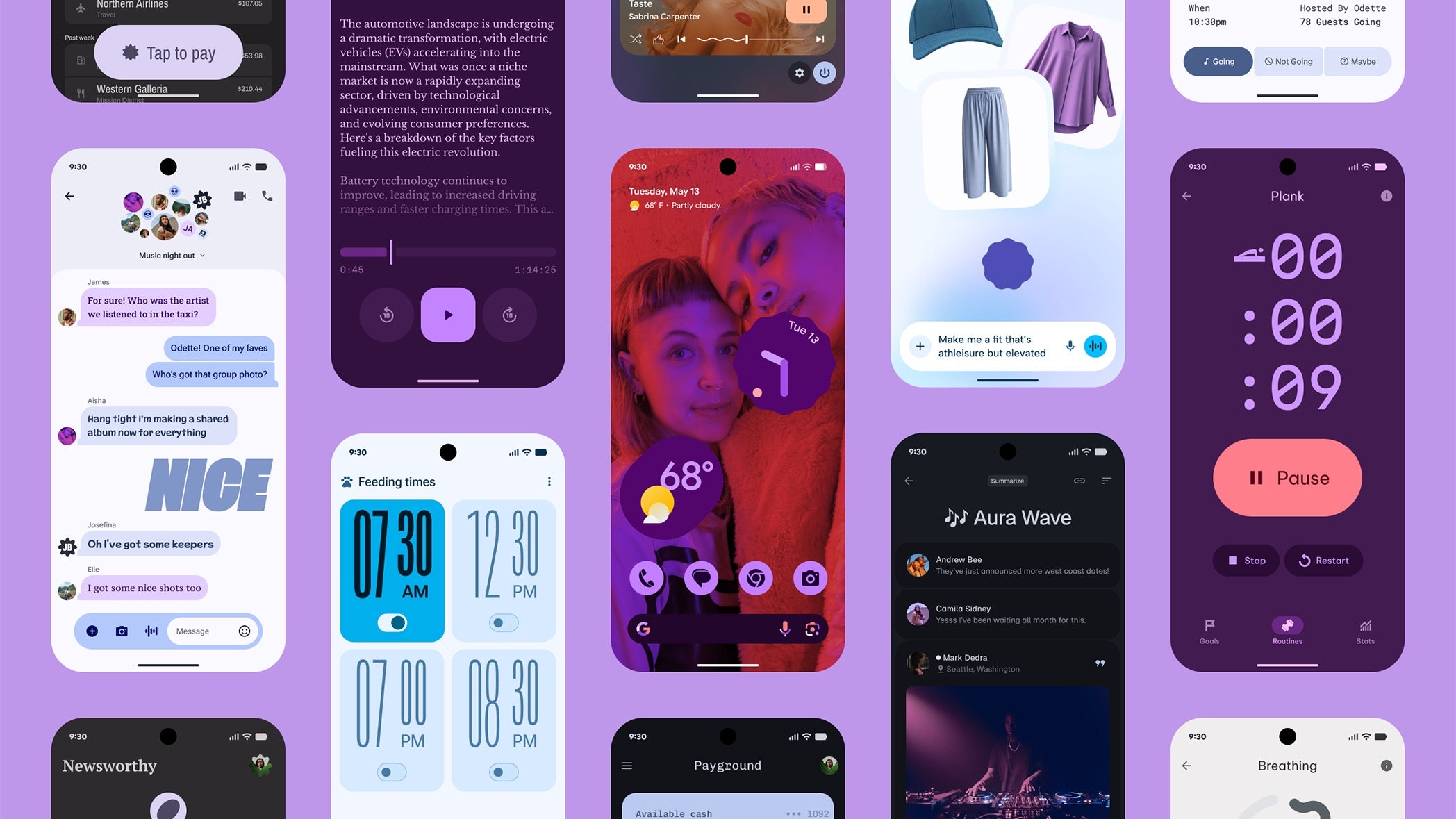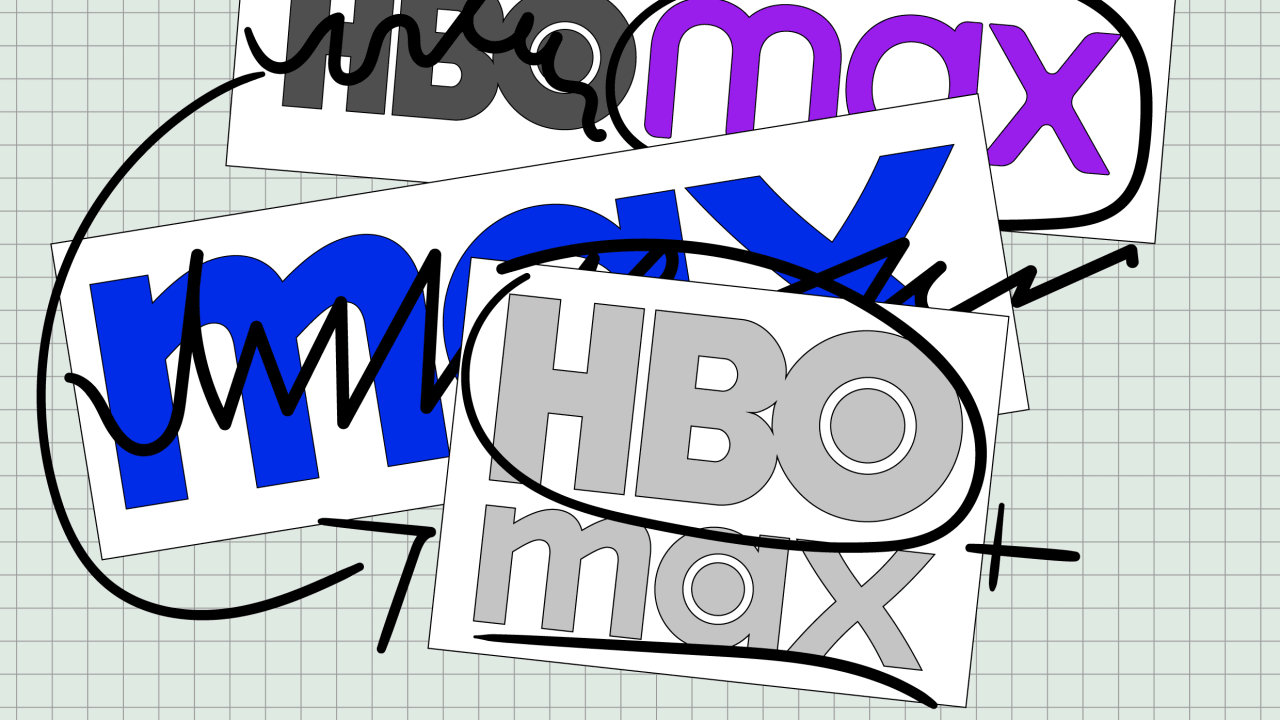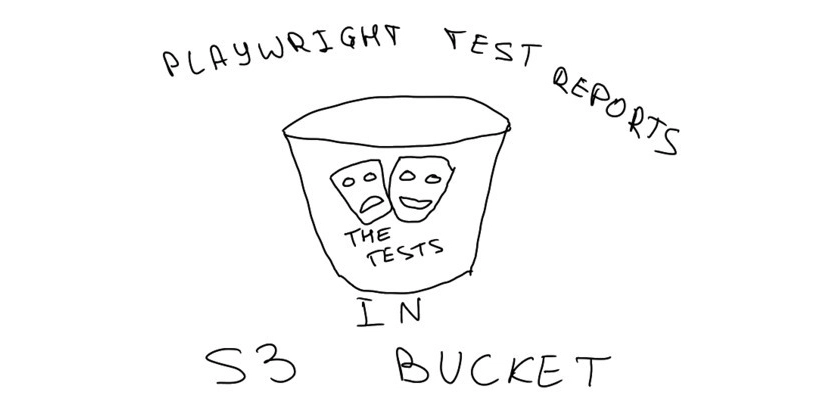Domain-Driven Architecture: Blueprint for Scalable Systems Part 2
In Part 1, we laid the groundwork, exploring what Domain-Driven Architecture (DDA) is, why it matters, and how concepts like Bounded Contexts, Ubiquitous Language, and Aggregates shape the structure of your system. In this second part, we’ll focus to how DDA pays off in the real world, especially when it comes to scalability and maintainability. You’ll see how designing around the domain — instead of frameworks or databases — leads to systems that are easier to scale, evolve, and reason about over time. We will explore: How DDA improves Scalability and Maintainability Real-World Example of organisation using DDA from Amazon to Netflix Best Practices when Implementing DDA 4. Scenarios where DDA might not be the optimal choice How DDA Improves Scalability and Maintainability Clear System Boundaries: DDA encourage splitting systems into bounded contexts, each with its own domain logic and can be manage by independent Teams with clear boundaries and unpolluted domains. This aligns with micro-service and modular systems architectures. Easier Scaling: Each service in DDA can be scaled independently based on demand. Separation of concerns to reduce complexity: Each bounded context encapsulates its own data and logic. Each service is kept simple, this makes changes easier to isolate and test. Lower Operational Costs: Systems remain leaner, reducing infrastructure overhead. Real-World Example of Organisations using DDA Netflix Netflix began as a monolithic application but, after a major outage in 2008, embarked on a journey to decompose its system into microservices. DDD was central to this process, guiding the identification of business domains and the creation of bounded contexts-each mapped to a set of micro-services responsible for a specific business capability, such as user management, content catalog, recommendations, and playback Uber Uber’s journey from a monolithic architecture to a highly distributed system is a textbook example of how Domain-Driven Design (DDD) principles can be applied-and adapted-at extreme scale. Uber evolved from a single, monolithic codebase to a system with over 2,200 micro-services. As system complexity grew, Uber adopted a Domain-Oriented Microservice Architecture (DOMA), drawing heavily from DDD, Clean Architecture, and other established patterns. The process was documented here Amazon Amazon, both as a retailer and as a cloud provider (AWS), has embraced Domain-Driven Design (DDD) principles to manage the complexity of its vast, evolving systems. DDD has played a key role in Amazon’s shift from monolithic architectures to distributed micro-services, helping align software with business domains and enabling scalable, resilient, and agile systems Best Practices for Implementing DDA Define Clear Boundaries Ensure each bounded context has distinct responsibilities. Create boundaries between your domain model and external systems. Keep your domain clean and focused, prevent non-domain concepts from polluting your model. Establish a Ubiquitous Language Create a shared language that is used consistently by developers, domain experts, and stakeholders. Use this language in the code, documentation, and discussions to avoid misunderstandings and ensure alignment. This minimises misunderstandings and ensures software model matches the business use-cases. Collaborate with Domain Experts Work directly with domain experts to gain a deep understanding of the business domain. In fact, it is a futile effort to try and implement DDA without a domain expert. Use Domain events and Event-Driven Communication: To avoid redundant and unnecessary coupling, use domain events to track and react to significant changes within the domain while Keeping services loosely coupled for better scalability. Optimize with CQRS: Separate read and write concerns to boost performance. Leverage Aggregates Smartly: Group entities logically to maintain data integrity. Document Everything: A well-documented domain model ensures teams stay aligned. Do not over-engineer - Don’t apply DDD to simple projects with little domain complexity. It can introduce unnecessary overhead. When DDA Might Not Be the Best Choice While Domain-Driven Design (DDA) is powerful and provides structure and scalability, it’s not a silver bullet and sometimes DDA might not be the right choice for your project and could introduce unnecessary complexity. A non-exhaustive list of scenarios where DDA might not be necessary—or even problematic: 1. Small or Simple Applications Example: A basic CRUD (Create, Read, Update, Delete) application with no complex business logic. DDA introduces extra complexity (bounded contexts, aggregates, domain events, etc.), which is an overkill for a straightforward app. A simple MVC or layered architecture is more efficient. Use a traditional monolithic approach with clear service layers instead of a ful
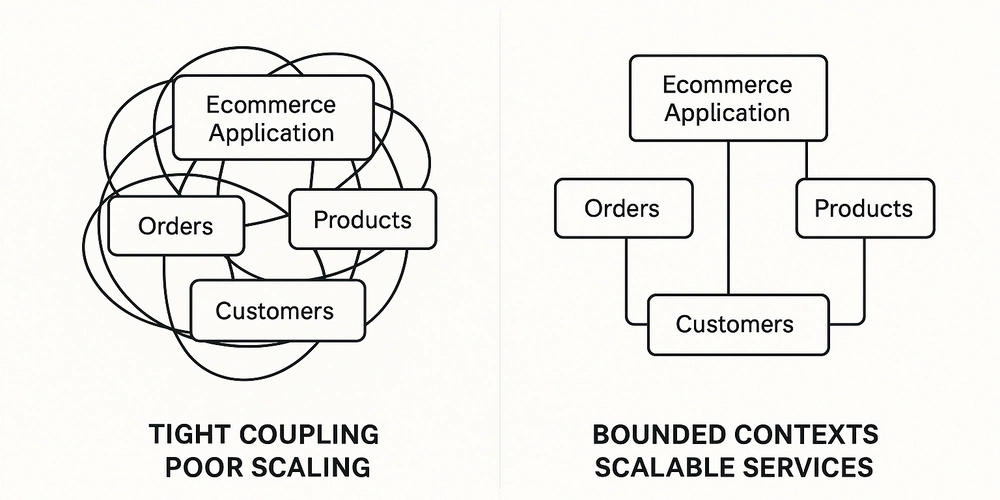
In Part 1, we laid the groundwork, exploring what Domain-Driven Architecture (DDA) is, why it matters, and how concepts like Bounded Contexts, Ubiquitous Language, and Aggregates shape the structure of your system.
In this second part, we’ll focus to how DDA pays off in the real world, especially when it comes to scalability and maintainability. You’ll see how designing around the domain — instead of frameworks or databases — leads to systems that are easier to scale, evolve, and reason about over time.
We will explore:
- How DDA improves Scalability and Maintainability
- Real-World Example of organisation using DDA from Amazon to Netflix
- Best Practices when Implementing DDA
4. Scenarios where DDA might not be the optimal choice
How DDA Improves Scalability and Maintainability
- Clear System Boundaries: DDA encourage splitting systems into bounded contexts, each with its own domain logic and can be manage by independent Teams with clear boundaries and unpolluted domains. This aligns with micro-service and modular systems architectures.
- Easier Scaling: Each service in DDA can be scaled independently based on demand.
- Separation of concerns to reduce complexity: Each bounded context encapsulates its own data and logic. Each service is kept simple, this makes changes easier to isolate and test.
- Lower Operational Costs: Systems remain leaner, reducing infrastructure overhead.
Real-World Example of Organisations using DDA
- Netflix
Netflix began as a monolithic application but, after a major outage in 2008, embarked on a journey to decompose its system into microservices. DDD was central to this process, guiding the identification of business domains and the creation of bounded contexts-each mapped to a set of micro-services responsible for a specific business capability, such as user management, content catalog, recommendations, and playback
- Uber
Uber’s journey from a monolithic architecture to a highly distributed system is a textbook example of how Domain-Driven Design (DDD) principles can be applied-and adapted-at extreme scale. Uber evolved from a single, monolithic codebase to a system with over 2,200 micro-services. As system complexity grew, Uber adopted a Domain-Oriented Microservice Architecture (DOMA), drawing heavily from DDD, Clean Architecture, and other established patterns. The process was documented here
- Amazon
Amazon, both as a retailer and as a cloud provider (AWS), has embraced Domain-Driven Design (DDD) principles to manage the complexity of its vast, evolving systems. DDD has played a key role in Amazon’s shift from monolithic architectures to distributed micro-services, helping align software with business domains and enabling scalable, resilient, and agile systems
Best Practices for Implementing DDA
-
Define Clear Boundaries
Ensure each bounded context has distinct responsibilities. Create boundaries between your domain model and external systems. Keep your domain clean and focused, prevent non-domain concepts from polluting your model.
-
Establish a Ubiquitous Language
Create a shared language that is used consistently by developers, domain experts, and stakeholders. Use this language in the code, documentation, and discussions to avoid misunderstandings and ensure alignment. This minimises misunderstandings and ensures software model matches the business use-cases.
-
Collaborate with Domain Experts
Work directly with domain experts to gain a deep understanding of the business domain. In fact, it is a futile effort to try and implement DDA without a domain expert.
Use Domain events and Event-Driven Communication: To avoid redundant and unnecessary coupling, use domain events to track and react to significant changes within the domain while Keeping services loosely coupled for better scalability.
Optimize with CQRS: Separate read and write concerns to boost performance.
Leverage Aggregates Smartly: Group entities logically to maintain data integrity.
Document Everything: A well-documented domain model ensures teams stay aligned.
Do not over-engineer - Don’t apply DDD to simple projects with little domain complexity. It can introduce unnecessary overhead.
When DDA Might Not Be the Best Choice
While Domain-Driven Design (DDA) is powerful and provides structure and scalability, it’s not a silver bullet and sometimes DDA might not be the right choice for your project and could introduce unnecessary complexity.
A non-exhaustive list of scenarios where DDA might not be necessary—or even problematic:
1. Small or Simple Applications
Example: A basic CRUD (Create, Read, Update, Delete) application with no complex business logic.
- DDA introduces extra complexity (bounded contexts, aggregates, domain events, etc.), which is an overkill for a straightforward app.
- A simple MVC or layered architecture is more efficient.
- Use a traditional monolithic approach with clear service layers instead of a full-fledged DDA structure.
2. Early-Stage Startups or Fast Prototyping
Example: A startup building an MVP (Minimum Viable Product) that needs rapid iteration.
- DDA slows down development due to the need for extensive domain modeling and bounded contexts.
- The business logic might change frequently, making the initial DDA investment wasteful.
- Start with a modular monolith and introduce DDA concepts gradually if complexity increases.
3. When the Business Domain Is Not Well Understood
Example: A new industry or business model where the rules, processes, and workflows are still evolving.
- DDA requires deep domain knowledge upfront.
- If the business keeps changing, the domain model might need constant restructuring, leading to wasted effort.
- Begin with a simpler, iterative approach, and introduce domain-driven concepts once the business logic stabilises.
4. Performance-Critical, High-Throughput Systems
Example: A real-time stock trading platform or video streaming service that needs ultra-low latency.
- DDA prioritises domain consistency over performance, which can introduce overhead (extra layers, event processing, etc.).
- Aggregates and repositories may slow down high-volume, high-speed operations.
- Use a data-driven architecture or event-sourcing to optimize for speed, and selectively apply DDA where business logic is critical.
5. Teams Without Strong DDA Experience
A team unfamiliar with aggregates, bounded contexts, and domain events trying to implement DDA for the first time.
- Steep learning curve - misuse of DDA can add confusion instead of solving problems.
- Over-engineering risk - developers might introduce unnecessary complexity without clear benefits.
- Start with basic domain modeling and introduce DDA principles gradually rather than applying them everywhere at once.
Conclusion
Domain-Driven Design isn’t just a technical approach—it’s a mindset shift. By structuring software based on business realities, teams can build scalable, maintainable, and resilient systems.
For large, evolving applications, DDA serves as a blueprint for long-term success. But like any tool, its effectiveness depends on when and how it’s applied.
Further Reading & Resources




































































































































































![[The AI Show Episode 147]: OpenAI Abandons For-Profit Plan, AI College Cheating Epidemic, Apple Says AI Will Replace Search Engines & HubSpot’s AI-First Scorecard](https://www.marketingaiinstitute.com/hubfs/ep%20147%20cover.png)











































































































































































.jpg?#)





















![Legends Reborn tier list of best heroes for each class [May 2025]](https://media.pocketgamer.com/artwork/na-33360-1656320479/pg-magnum-quest-fi-1.jpeg?#)
































































_Gang_Liu_Alamy.jpg?width=1280&auto=webp&quality=80&disable=upscale#)





















































































-xl.jpg)
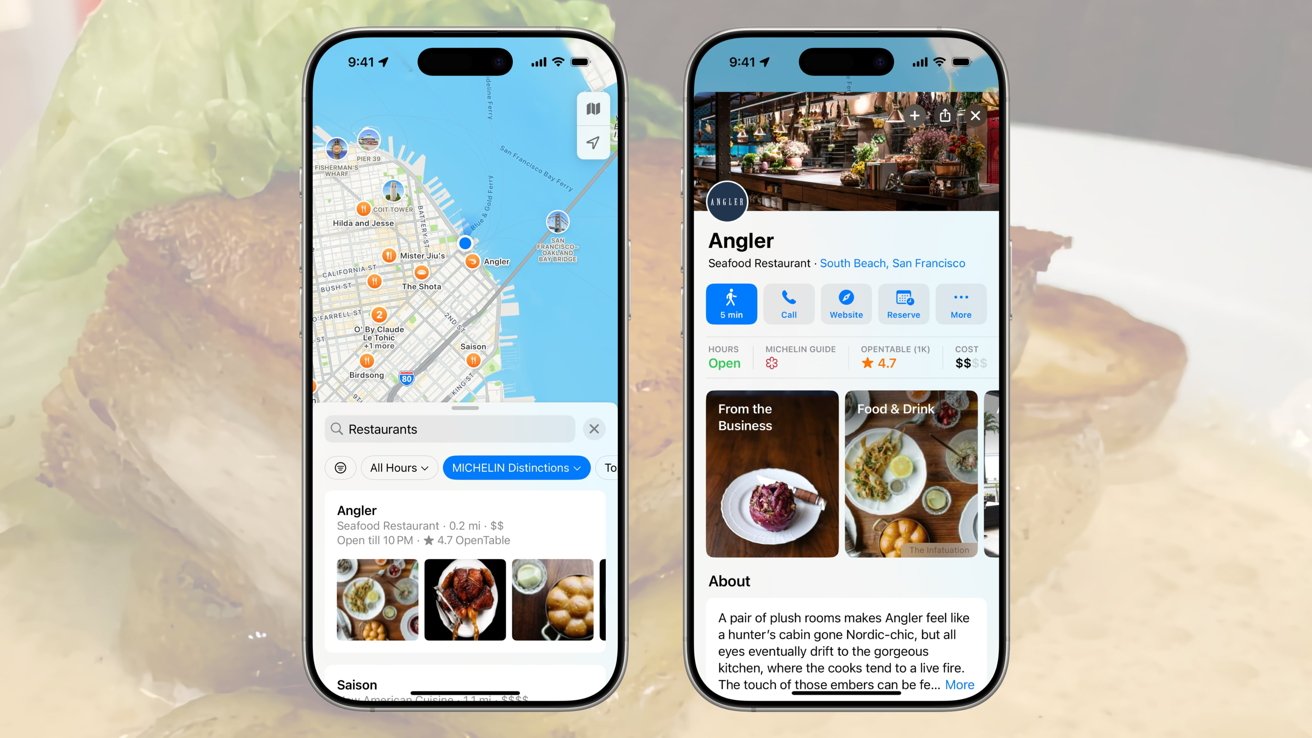



























![Vision Pro May Soon Let You Scroll With Your Eyes [Report]](https://www.iclarified.com/images/news/97324/97324/97324-640.jpg)
![Apple's 20th Anniversary iPhone May Feature Bezel-Free Display, AI Memory, Silicon Anode Battery [Report]](https://www.iclarified.com/images/news/97323/97323/97323-640.jpg)

![Apple Planning Bezel-Free iPhone With 'Four-Sided Bending' Display [Report]](https://www.iclarified.com/images/news/97321/97321/97321-640.jpg)









































